Home>Gardening & Outdoor>Landscaping Ideas>How To Get My Dead Grass To Grow Back
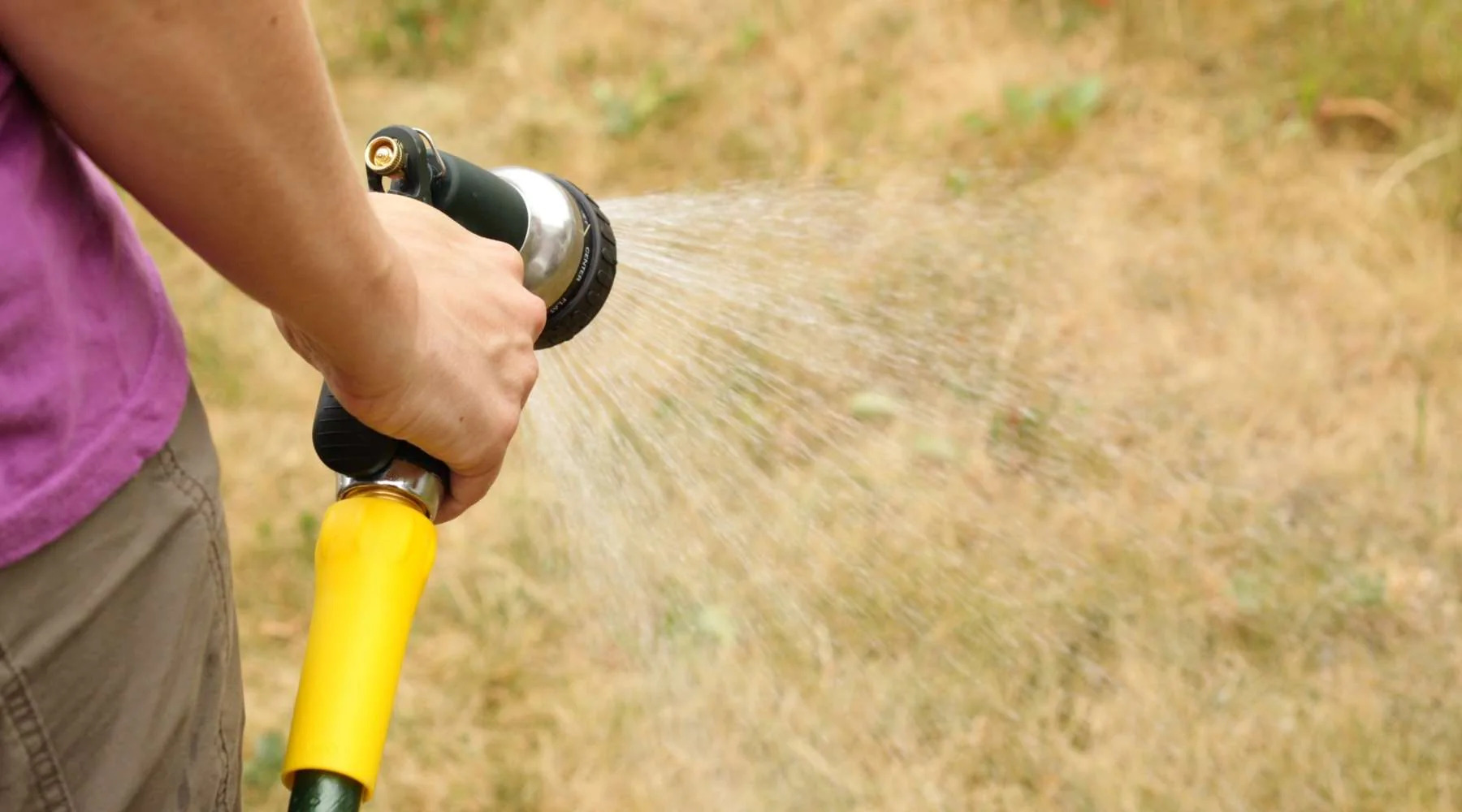

Landscaping Ideas
How To Get My Dead Grass To Grow Back
Modified: February 18, 2024
Learn effective landscaping ideas to revive your dead grass and make it grow back lush and green. Discover expert tips and techniques for restoring your lawn to its former glory.
(Many of the links in this article redirect to a specific reviewed product. Your purchase of these products through affiliate links helps to generate commission for Storables.com, at no extra cost. Learn more)
Introduction
Welcome to the ultimate guide on reviving your dead grass and transforming your lawn into a lush, green paradise. There's nothing quite like the feeling of walking barefoot on a healthy, vibrant lawn, and with the right knowledge and a little elbow grease, you can revive your dead grass and restore your outdoor space to its former glory.
Whether your grass has succumbed to drought, disease, pests, or neglect, there are proven strategies to bring it back to life. In this comprehensive guide, we'll explore the underlying causes of dead grass, assess the extent of the damage, select the right grass seed for your specific needs, prepare the soil for optimal growth, and provide essential tips for seeding, watering, and maintaining your new grass.
By the end of this journey, you'll be equipped with the expertise to rejuvenate your lawn and cultivate a thriving carpet of greenery that will be the envy of the neighborhood. So, roll up your sleeves, put on your gardening gloves, and let's embark on this transformative landscaping adventure together.
Key Takeaways:
- Understanding the causes of dead grass, assessing the damage, and choosing the right grass seed are crucial steps in reviving a dying lawn. By addressing these factors, you can set the stage for a successful grass revival journey.
- Proper soil preparation, meticulous seeding and watering, and consistent maintenance are essential for nurturing new grass growth and cultivating a vibrant, resilient lawn. Embrace the opportunity to transform your outdoor space into a lush oasis.
Read more: How To Grow Back Dead Grass
Understanding the Causes of Dead Grass
Before diving into the revitalization process, it’s crucial to understand the potential culprits behind your lawn’s decline. Dead or patchy grass can result from a variety of factors, including inadequate watering, soil compaction, nutrient deficiencies, pest infestations, diseases, or inappropriate mowing practices.
One common cause of dead grass is insufficient watering. When lawns don’t receive an adequate amount of water, the grass becomes stressed and may ultimately wither and die. Additionally, overwatering can lead to root rot and other issues, so finding the right balance is essential.
Soil compaction is another prevalent issue that can impede grass growth. Compacted soil restricts root development and limits the absorption of water and nutrients, leading to weakened and dying grass. Furthermore, nutrient deficiencies, particularly in essential elements such as nitrogen, phosphorus, and potassium, can result in lackluster and unhealthy grass.
Pests and diseases also pose significant threats to the vitality of your lawn. Insect infestations, such as grubs or chinch bugs, can devastate grass by feeding on the roots or foliage. Likewise, fungal diseases like brown patch or dollar spot can cause unsightly browning and thinning of the grass.
Improper mowing practices, such as cutting the grass too short or using dull mower blades, can stress the grass and make it more susceptible to damage and disease. Understanding these potential causes of dead grass is the first step toward implementing effective solutions and restoring your lawn to its full splendor.
Assessing the Damage
Once you’ve identified the potential causes of your dead grass, it’s time to assess the extent of the damage and determine the best course of action for revitalization. Start by conducting a thorough inspection of your lawn to pinpoint areas of dead or struggling grass, as well as any underlying issues that may have contributed to its decline.
Look for patches of discolored or sparse grass, areas with excessive thatch buildup, and signs of pest infestation or disease. Take note of any compacted soil, waterlogged areas, or spots where the grass appears stressed or weak. By carefully evaluating the condition of your lawn, you can develop a targeted plan to address the specific issues plaguing your grass.
Consider conducting a soil test to assess the nutrient levels and pH balance of your soil. This valuable information will help you determine if your lawn requires amendments such as fertilizer or lime to optimize its growing conditions. Additionally, test for soil compaction by probing the ground with a screwdriver or soil probe. If the tool meets resistance, it’s a sign that the soil is compacted and in need of aeration.
Take note of the prevailing sunlight and shade patterns in your yard, as these factors can influence the health and growth of your grass. Areas with excessive shade may require shade-tolerant grass species, while sun-drenched spots may benefit from heat- and drought-resistant varieties.
By thoroughly assessing the damage and identifying the specific challenges your lawn faces, you’ll be better equipped to tailor your approach to grass revival. This targeted strategy will maximize the effectiveness of the subsequent steps in the revitalization process and set the stage for a successful lawn transformation.
Choosing the Right Grass Seed
When it comes to rejuvenating your lawn, selecting the appropriate grass seed is a pivotal decision that can significantly impact the success of your revitalization efforts. The ideal grass seed for your lawn will depend on various factors, including your region’s climate, the amount of sunlight your yard receives, and the specific characteristics of your soil.
Begin by researching grass species that thrive in your local climate and are well-suited to the amount of sunlight available in your yard. Cool-season grasses, such as Kentucky bluegrass and fescue, flourish in northern regions with moderate to cool temperatures, while warm-season varieties like Bermuda grass and Zoysia grass are better suited to the heat of southern climates.
Consider the level of foot traffic your lawn typically experiences and select a grass seed known for its durability and resilience. For high-traffic areas, opt for grass species renowned for their wear tolerance and quick recovery from damage, ensuring that your revitalized lawn can withstand the demands of daily use.
Assess the soil composition and drainage in your yard to determine the most suitable grass seed for your specific soil conditions. If your soil is heavy and poorly drained, choose grass species that are adaptable to such environments, while well-drained soils may accommodate a broader range of grass types.
Additionally, consider the aesthetic qualities you desire for your lawn, such as the color, texture, and density of the grass. Some grass species exhibit a lush, fine texture, while others boast a coarser appearance. By aligning your preferences with the characteristics of different grass varieties, you can curate a revitalized lawn that meets your visual and functional expectations.
By carefully evaluating these factors and conducting thorough research, you can confidently select the most suitable grass seed for your lawn, setting the stage for a successful and vibrant lawn revival.
Water your dead grass deeply and infrequently to encourage deep root growth. Aerate the soil to improve air and water circulation. Apply a balanced fertilizer to provide essential nutrients for growth.
Preparing the Soil
Before sowing new grass seed, it’s essential to prepare the soil to create an optimal environment for germination and growth. This crucial step sets the foundation for a healthy and resilient lawn, ensuring that the newly planted grass seed has the best possible chance of thriving.
Start by clearing the area of debris, including rocks, branches, and any remnants of dead grass. Thoroughly rake the soil to remove accumulated thatch and create a smooth, level surface for seeding. This process promotes better seed-to-soil contact and uniform germination, setting the stage for a lush and even lawn.
Conduct a soil test to assess its nutrient levels and pH balance. Based on the test results, apply any necessary soil amendments, such as lime to adjust the pH or fertilizer to supplement nutrient deficiencies. By addressing the specific needs of your soil, you can create an optimal growing environment for the new grass seed.
If the soil is compacted, perform aeration to alleviate compaction and improve air and water penetration. Aeration involves perforating the soil with small holes to enhance root development and promote overall soil health. This process is particularly beneficial for revitalizing lawns with compacted soil, as it facilitates the absorption of essential nutrients and encourages robust grass growth.
Once the soil has been cleared, amended, and aerated, it’s time to sow the grass seed. Use a seed spreader to distribute the seed evenly across the prepared soil, following the recommended seeding rates for the specific grass species you’ve chosen. After seeding, lightly rake the soil to cover the seeds with a thin layer of soil, promoting seed-to-soil contact and protecting the seeds from birds and other potential disturbances.
Water the newly seeded area gently and consistently to keep the soil moist but not waterlogged. Adequate irrigation is crucial for seed germination and the establishment of healthy grass seedlings. By diligently preparing the soil and creating an ideal environment for new grass growth, you’ll set the stage for a vibrant and thriving lawn that will enhance the beauty of your outdoor space.
Seeding and Watering
Once the soil is prepared, it’s time to embark on the pivotal stages of seeding and watering, laying the groundwork for robust grass growth and a revitalized lawn. By following best practices for seeding and irrigation, you can foster the emergence of healthy grass seedlings and set the stage for a lush and vibrant lawn.
When seeding, it’s crucial to follow the recommended seeding rates for the specific grass species you’ve chosen. Using a seed spreader, distribute the seed evenly across the prepared soil, taking care to cover the entire area and achieve uniform seed distribution. This meticulous approach ensures that the new grass will germinate evenly, resulting in a cohesive and visually appealing lawn.
After seeding, lightly rake the soil to cover the seeds with a thin layer of soil, promoting seed-to-soil contact and protecting the seeds from potential disturbances. This step is essential for optimizing the conditions for germination and encouraging the development of healthy grass seedlings.
Watering is a critical component of the seeding process, as it directly impacts seed germination and the establishment of new grass growth. Initially, water the newly seeded area gently and consistently to keep the soil moist but not waterlogged. Frequent, light watering is preferable to heavy watering, as excessive moisture can impede germination and lead to issues such as seed rot and fungal diseases.
As the grass seedlings begin to emerge, gradually transition to a deeper and less frequent watering schedule to encourage robust root development. Deep watering promotes strong, resilient roots that can withstand environmental stresses and contribute to the long-term health of your lawn. Monitor the soil moisture levels regularly, adjusting your watering regimen based on the specific needs of the emerging grass seedlings.
During the initial stages of growth, it’s essential to provide consistent moisture to support the development of healthy grass. Adequate irrigation is vital for nurturing the young seedlings and establishing a strong foundation for a thriving lawn. By adhering to best practices for seeding and watering, you can facilitate the emergence of lush, resilient grass and set the stage for a revitalized and picturesque outdoor space.
Maintaining and Caring for New Grass Growth
As the newly seeded grass begins to take root and flourish, it’s essential to provide ongoing care and maintenance to nurture its growth and ensure the long-term health and vibrancy of your lawn. By implementing a comprehensive maintenance regimen and addressing the evolving needs of your grass, you can cultivate a resilient and visually stunning lawn that will be the pride of your property.
Regular mowing is a fundamental aspect of lawn maintenance, and it’s crucial to approach this task with care and precision, especially when new grass is establishing. Set your mower blades to a higher setting to avoid cutting the grass too short, which can stress the young seedlings and impede their growth. Additionally, ensure that your mower blades are sharp to achieve clean, even cuts that promote the health and vigor of the grass.
Fertilization plays a vital role in supporting the ongoing growth and vitality of your lawn. Select a high-quality, balanced fertilizer formulated for new grass and apply it according to the manufacturer’s recommendations. Proper fertilization provides essential nutrients that contribute to robust grass growth, helping to establish a dense and resilient lawn.
Regular irrigation is essential for nurturing the development of healthy grass roots and maintaining optimal moisture levels. Monitor the soil moisture regularly and adjust your watering schedule as needed to accommodate the specific requirements of your grass, particularly during periods of heat or drought. Deep, infrequent watering promotes strong root systems and enhances the overall resilience of your lawn.
Keep an eye out for signs of pests or diseases that may threaten the health of your new grass. Promptly address any issues that arise, whether it’s the presence of damaging insects or the onset of fungal infections. Vigilance and proactive management are key to safeguarding the well-being of your lawn and preserving its lush and vibrant appearance.
By providing attentive and consistent care for your new grass growth, you can cultivate a resilient and visually captivating lawn that will endure for years to come. Embrace the opportunity to nurture your revitalized lawn, and revel in the beauty and tranquility of your outdoor sanctuary.
Conclusion
Congratulations on embarking on the journey to revive your dead grass and transform your lawn into a verdant oasis. By delving into the intricacies of lawn revitalization, you’ve gained valuable insights into the underlying causes of dead grass, the essential steps for assessment, and the meticulous processes of seed selection, soil preparation, and nurturing new grass growth.
As you navigate the revitalization process, remember that patience and consistency are your greatest allies. The journey to a lush and vibrant lawn may require time and dedication, but the rewards of a revitalized outdoor space are immeasurable. Embrace the opportunity to cultivate a thriving and resilient lawn that will serve as a source of pride and joy for years to come.
As you witness the emergence of new grass growth and the transformation of your outdoor environment, take pride in the care and attention you’ve devoted to nurturing your revitalized lawn. Revel in the simple pleasures of strolling barefoot on a carpet of lush greenery, hosting gatherings in a picturesque outdoor setting, and basking in the natural beauty of your revitalized landscape.
Remember that ongoing maintenance and attentive care are essential for preserving the health and vibrancy of your lawn. Embrace the opportunity to engage with your outdoor space, tending to the evolving needs of your grass and ensuring that it thrives in its revitalized state.
With the knowledge and expertise you’ve acquired, you are well-equipped to navigate the intricacies of lawn revitalization and cultivate a stunning and resilient outdoor sanctuary. Your commitment to nurturing your revitalized lawn will yield enduring benefits, enhancing the aesthetics of your property and providing a tranquil and inviting space for relaxation and recreation.
As you continue on your journey, take pride in the transformation you’ve achieved and the beauty you’ve cultivated. Your revitalized lawn stands as a testament to your dedication and care, enriching your outdoor environment and creating a welcoming haven for all who encounter it.
Embrace the joy of nurturing your revitalized lawn, and savor the abundance of natural beauty and tranquility it brings to your everyday life.
Frequently Asked Questions about How To Get My Dead Grass To Grow Back
Was this page helpful?
At Storables.com, we guarantee accurate and reliable information. Our content, validated by Expert Board Contributors, is crafted following stringent Editorial Policies. We're committed to providing you with well-researched, expert-backed insights for all your informational needs.
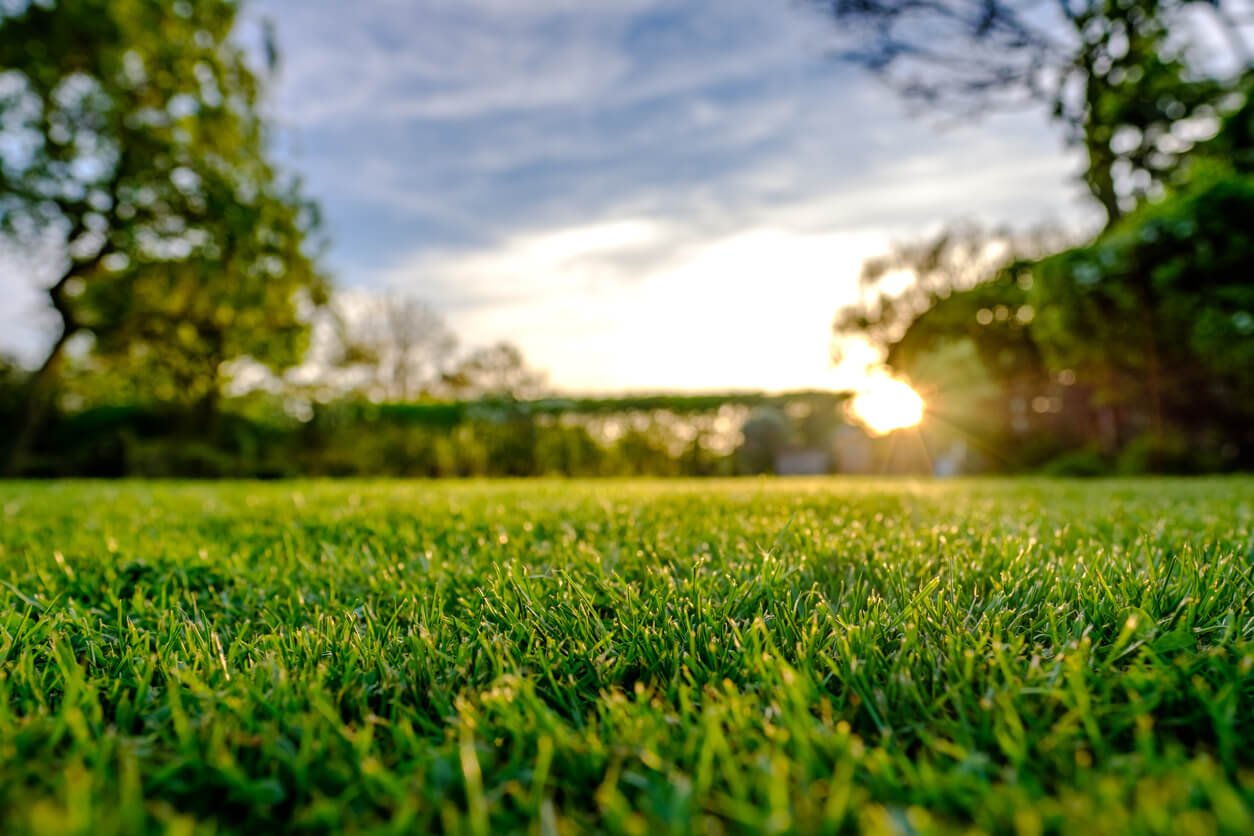
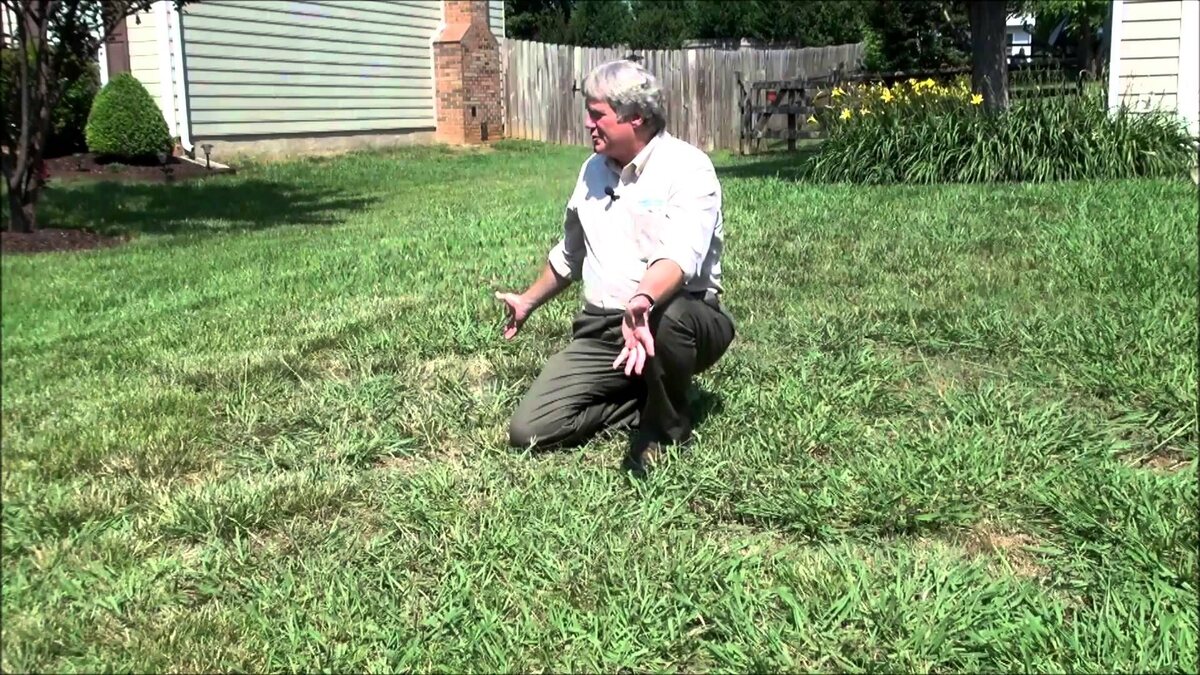
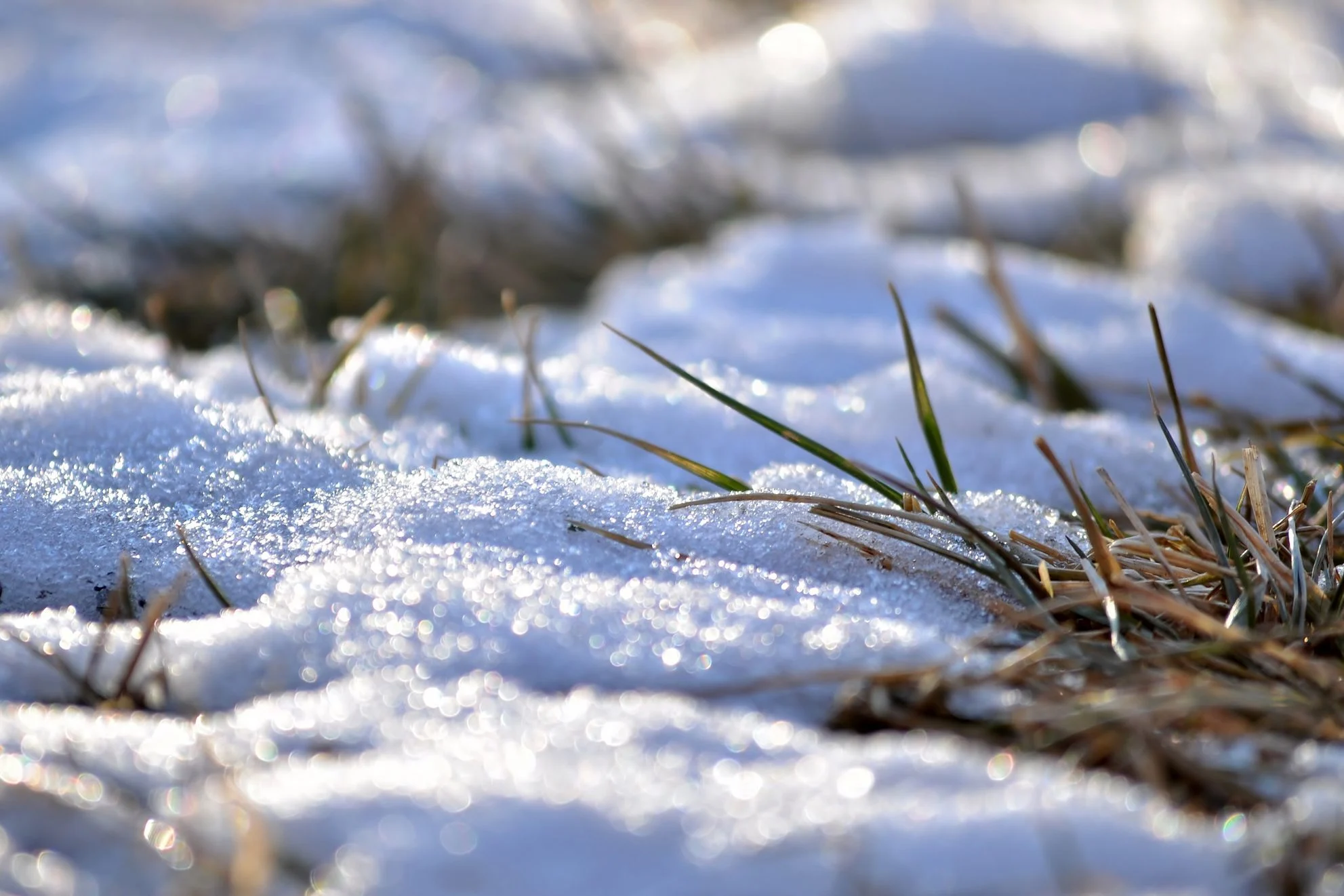
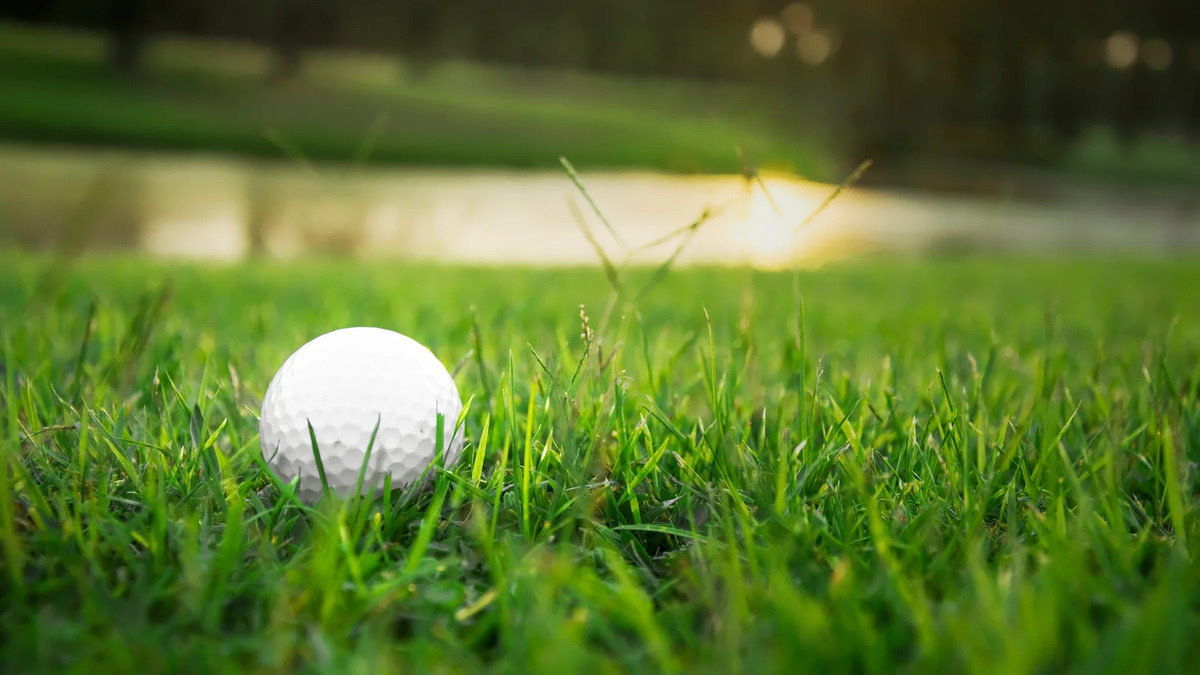

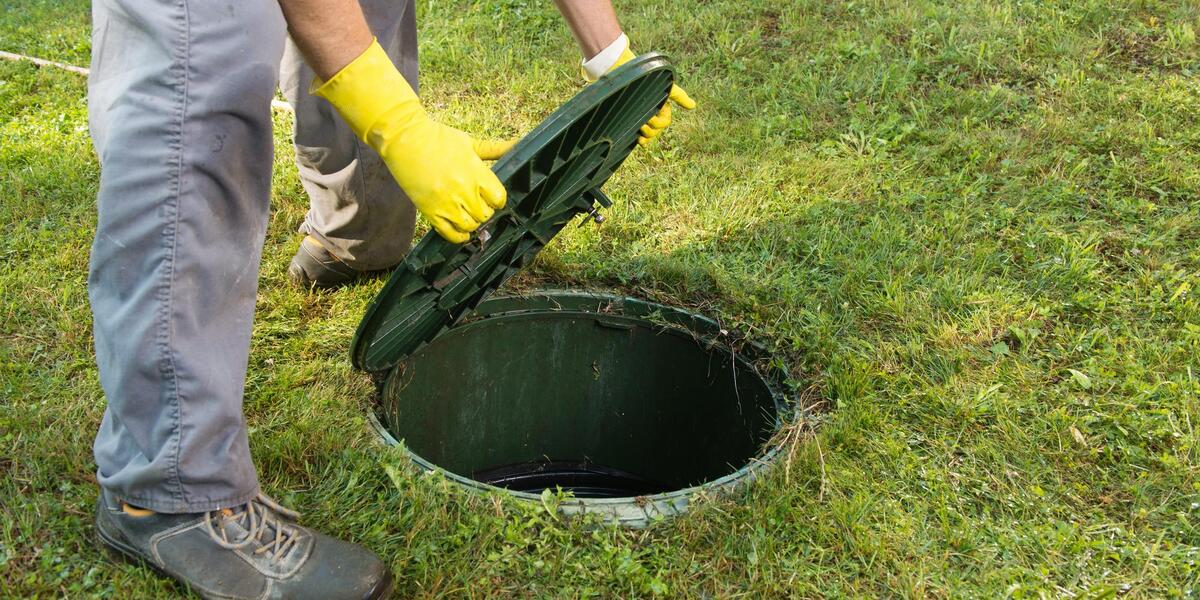
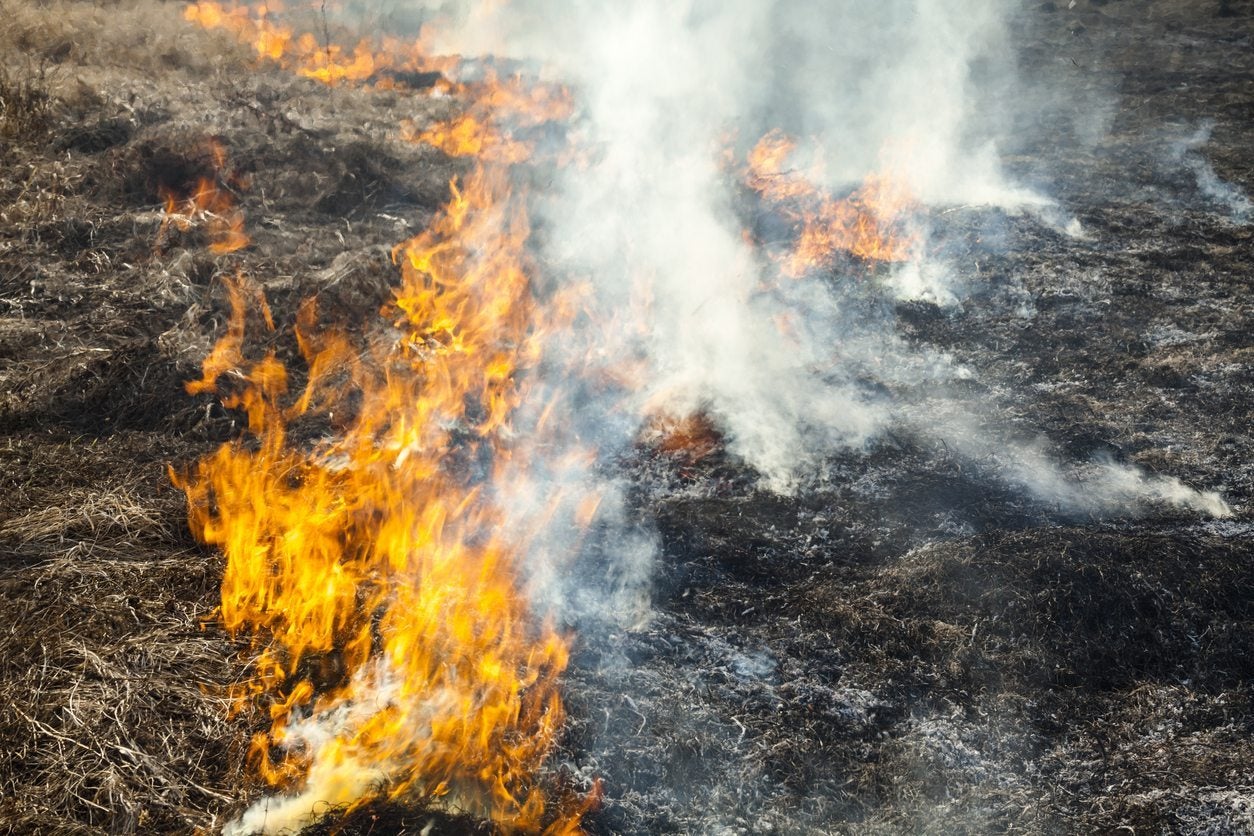
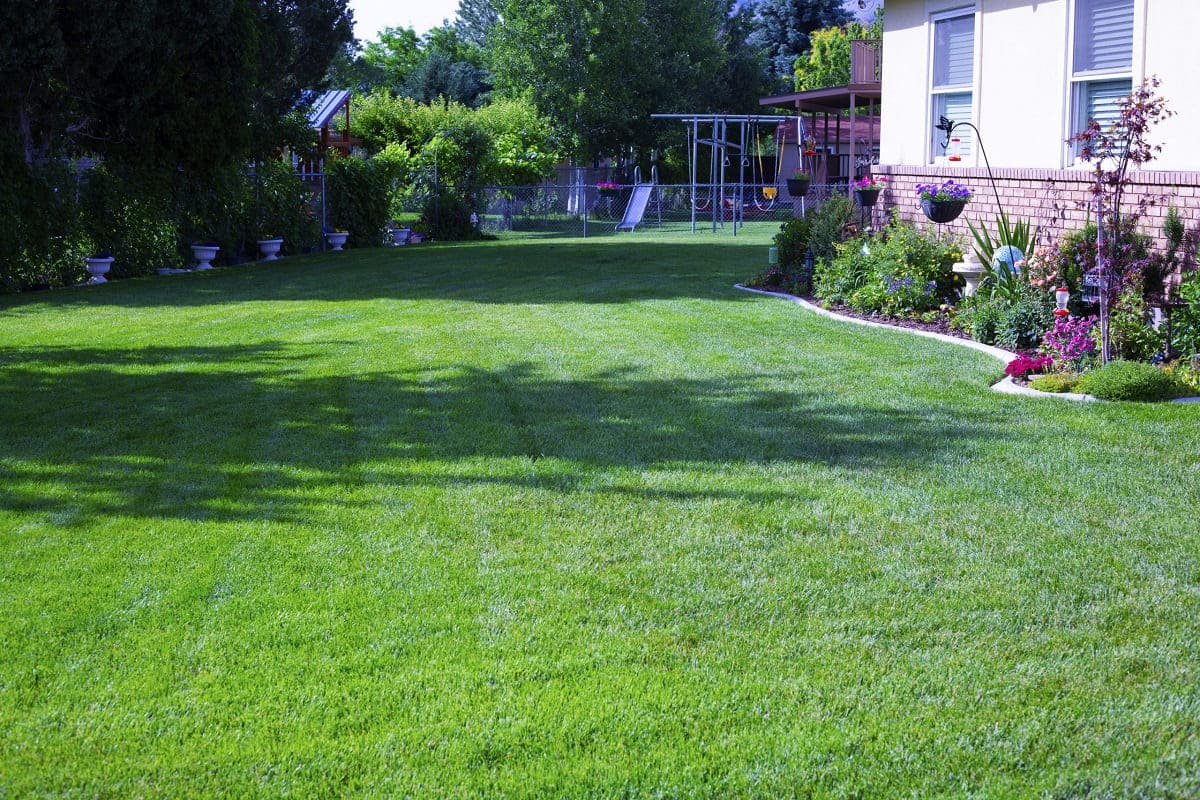
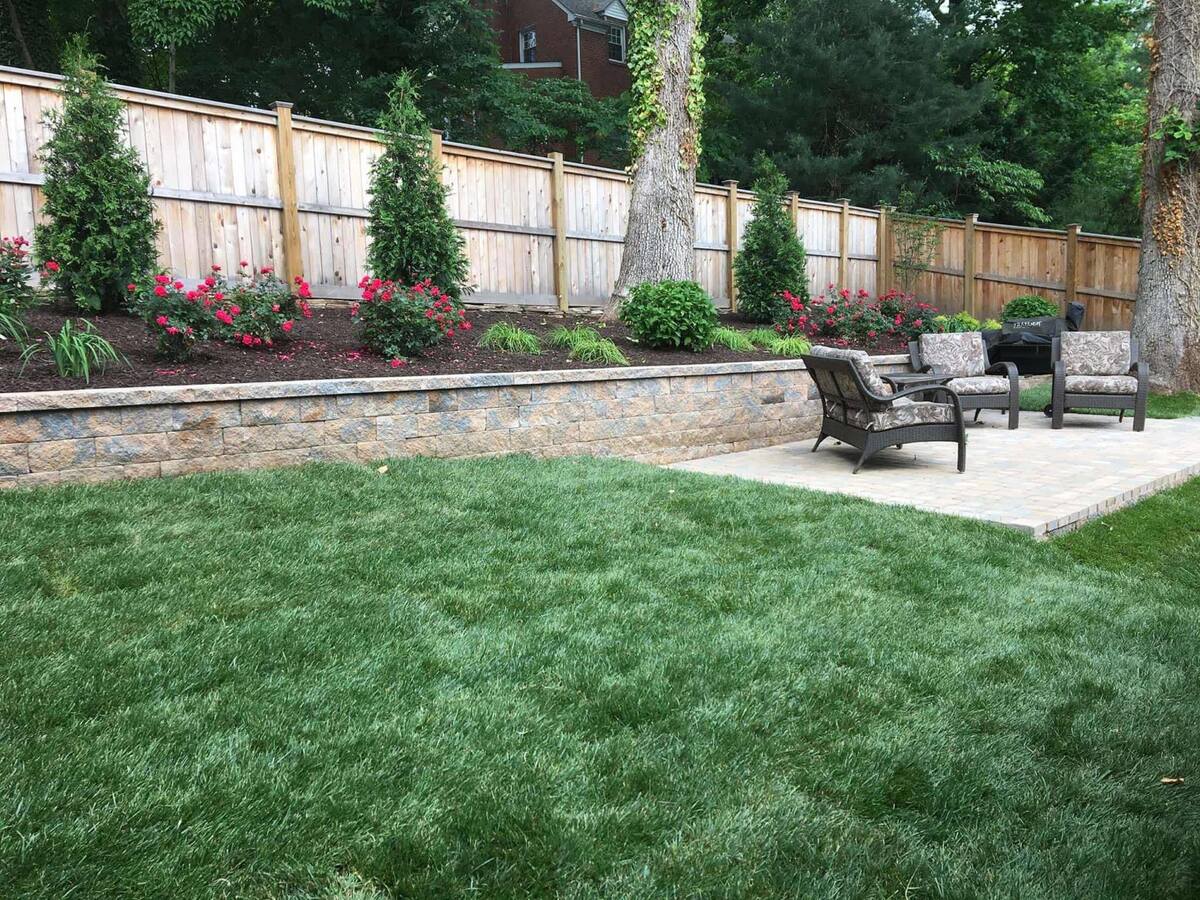
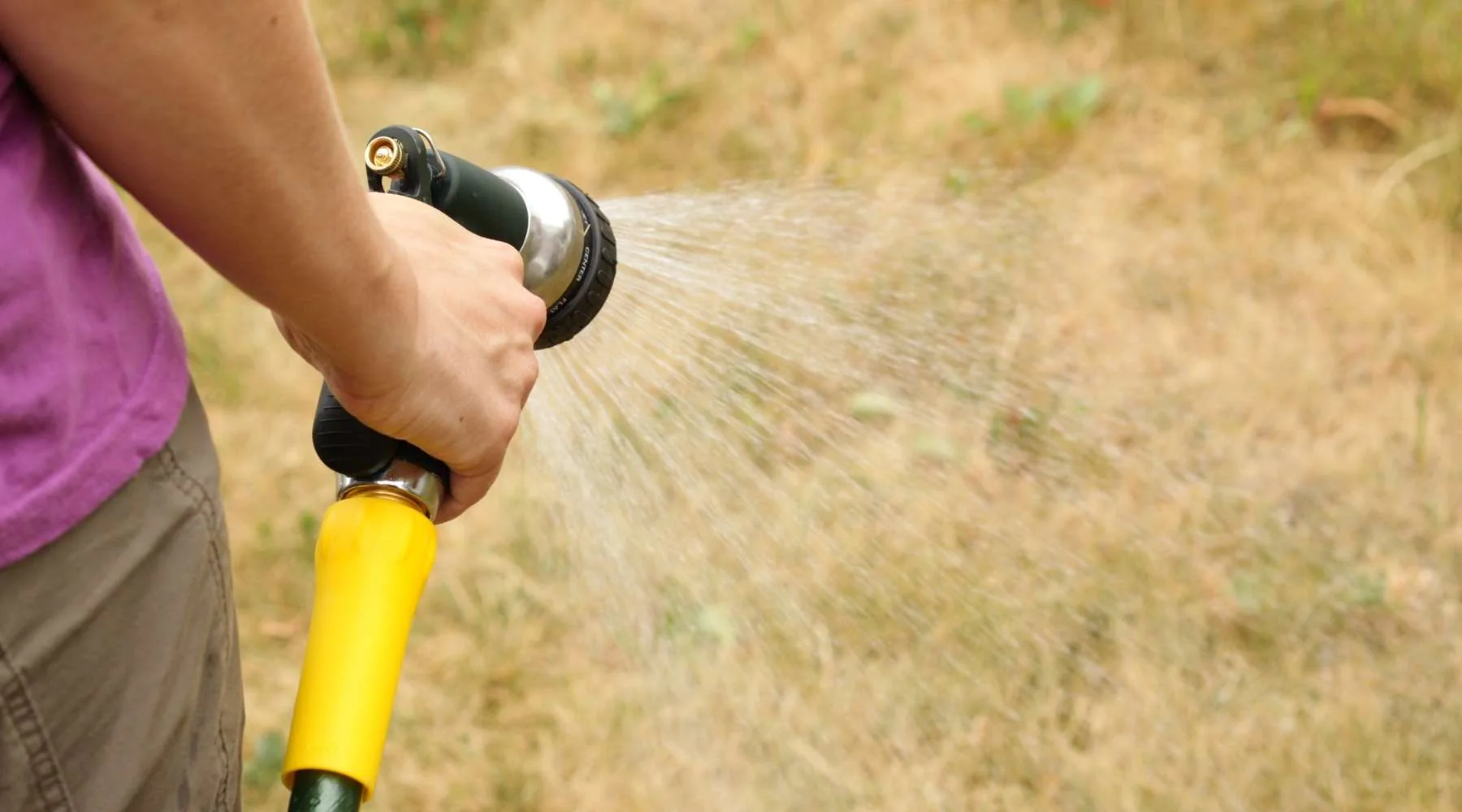
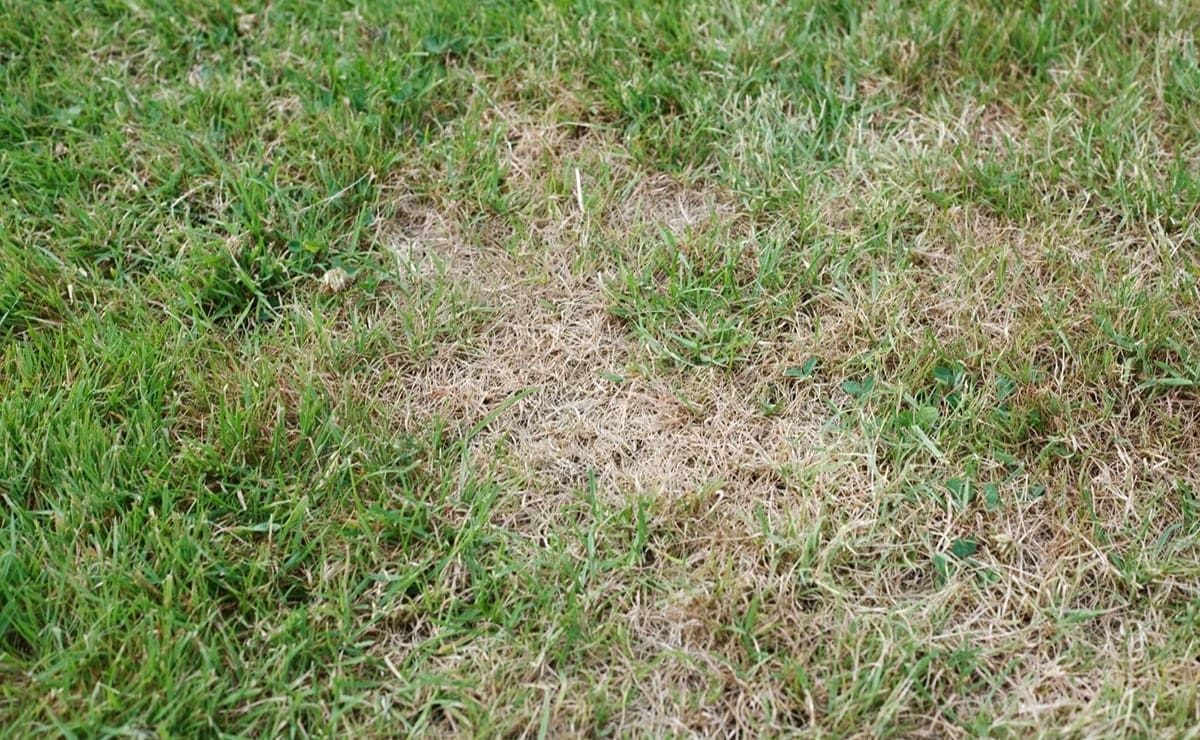

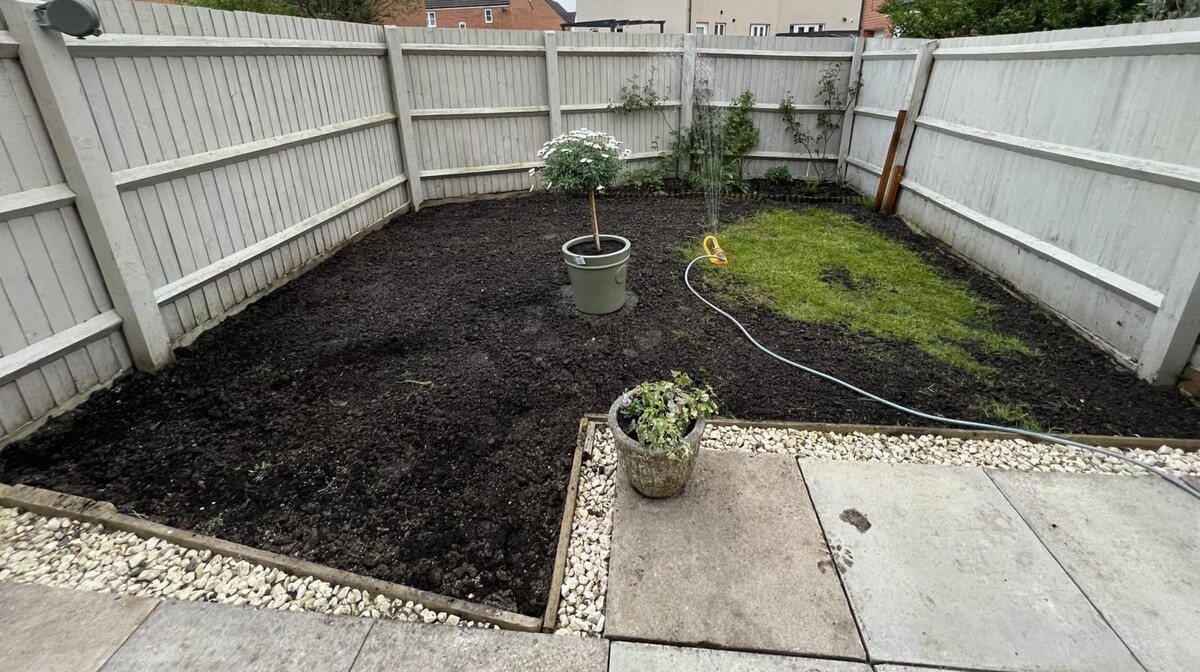
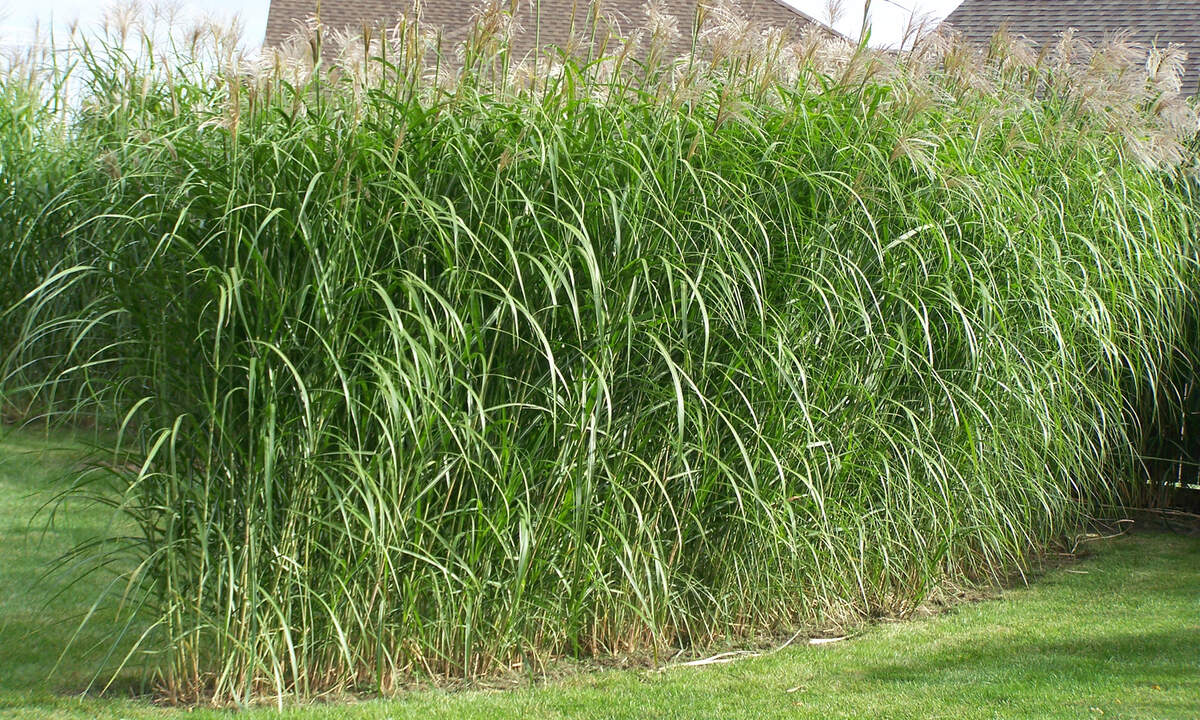

0 thoughts on “How To Get My Dead Grass To Grow Back”